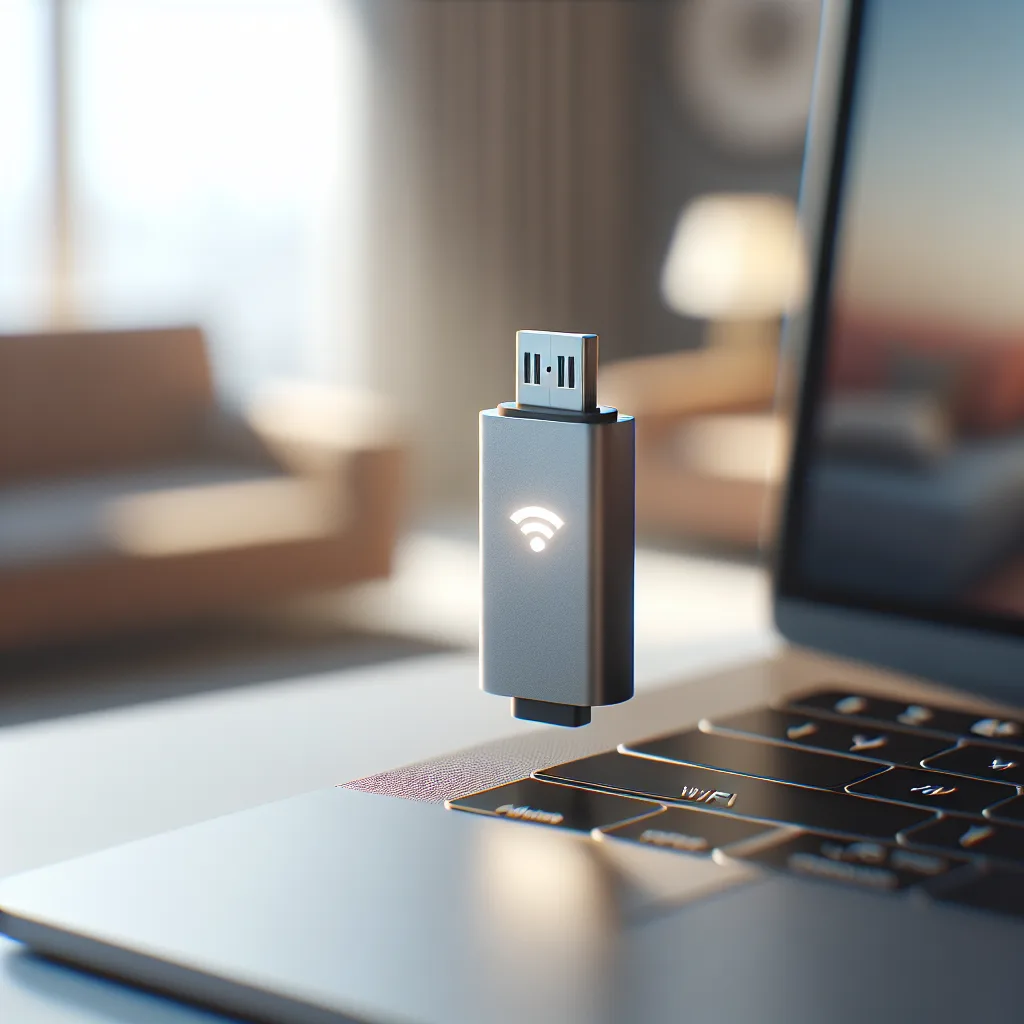Discover Nomad, a tiny, self-hosted media server on a USB stick. Stream movies, music, and books offline, directly to your devices. Perfect for homelab fans.
I stumbled across a fascinating open-source project the other day, and it’s one of those ideas that’s so simple and smart, you can’t help but love it.
Imagine having a personal, pocket-sized media server. Not just a storage drive, but a full-fledged server that can stream movies, music, and even books to your phone or laptop, all without needing an internet connection.
That’s the whole idea behind a project called Nomad. It’s a tiny, self-contained media server built into a USB stick. It’s designed for anyone who loves tinkering with technology, especially folks in the homelab community, but its appeal is much broader. Think of it as your own private, offline Netflix and Spotify, ready to go wherever you are.
So, How Does This Tiny Server Work?
At its heart, Nomad is an ESP32-S3 board—a tiny, low-cost computer—housed in a USB drive form factor. You load up an SD card with your favorite media files—videos, songs, podcasts, ebooks—and plug it into the Nomad.
When you power it on (by plugging it into any USB port), it works its magic. It automatically creates its own Wi-Fi network with a captive portal, just like the Wi-Fi at a hotel or coffee shop. You just connect your phone, tablet, or laptop to the Nomad’s Wi-Fi, and instantly, you have access to a simple web interface where all your files are neatly organized and ready to stream.
No internet? No problem. No cloud subscriptions? Not needed. It’s a completely self-hosted, offline-first solution. It’s perfect for road trips, flights, or just using around the house without relying on your main network.
It’s Getting Some Serious Upgrades
The project is constantly evolving, and the creator has been working on an experimental version with some really practical new features. This is where Nomad goes from a cool novelty to a genuinely useful tool.
Here are some of the highlights:
- Better File Management: You can now manage your media files remotely through a web browser. That means you can upload, delete, or rename files over Wi-Fi. It also has a clever hardware button that switches it into a standard USB drive mode, so you can drag and drop files directly from your computer.
- Plays Nice with Your Favorite Apps: Thanks to DLNA support, you can now stream your media directly to popular apps like VLC and Kodi, or even to compatible smart TVs. It generates a simple playlist URL, making it super easy to integrate with the media center software you already use.
- A Book Lover’s Dream: For all the readers out there, the addition of OPDS support is fantastic. It allows e-book reader apps to connect directly to Nomad. You can browse your library and even track your reading progress right from your favorite reading app.
- HD Video Streaming: While it wasn’t originally designed for it, the system can now handle streaming a 1080p HD movie, provided the file is well-encoded and you’re using a decent SD card. It’s pushing the limits of the hardware, but it’s impressive that it works.
The Future of Nomad Looks Even Brighter
The developer isn’t stopping there. A more powerful version, called Nomad Studio, is already in the works. This sounds like it will address some of the current hardware limitations and add some serious power.
The plan for the “Studio” version includes dual-band Wi-Fi (including 5 GHz for much faster speeds), support for 4K video, and full auto-discovery on your network. It will also feature a “Home-Server Mode,” allowing it to seamlessly integrate into your existing home network alongside your other devices.
From DIY Project to a Real Product?
What started as a personal project has gained so much interest that the creator is considering producing a small run of pre-assembled units. The project will always remain open-source for the DIY community, but offering a plug-and-play version could help fund its development and make it accessible to more people.
It’s a great example of a passion project growing into something more. It’s not trying to replace your massive, multi-terabyte home server. Instead, it’s carving out a unique niche for itself: a simple, reliable, and incredibly portable way to carry your digital world in your pocket. In an age of constant connectivity, there’s something wonderful about a device that proudly works offline.
